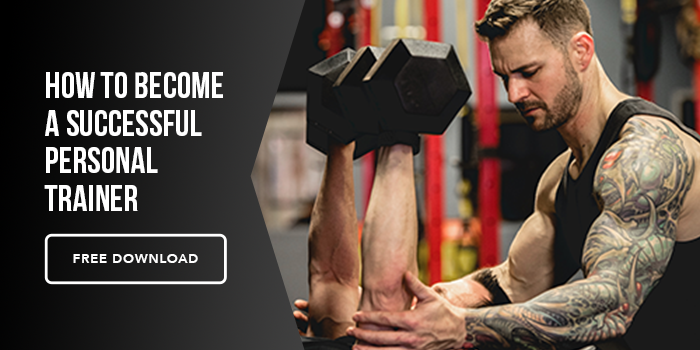If it is your first time being a trainer, it can be easy to get overwhelmed with what to do when you're handed new clients. Even if you have shadowed other trainers, it is still intimidating being set on your own. Today I’d like to go over the first 3 things a trainer should do when they get a new client.
1) Assess their Clients
The most foundational starting point. Are you spending the time to find your clients imbalances, injuries, weaknesses? You’d be surprised at how little this is actually done. Most trainers just want the money, and therefore just start them on compound lifts without actually finding out what they need.
You should be asking about their current nutrition habits, lifestyle, environment, support system, and willingness to change. Training is more than just training. It’s understanding the client's concerns, setbacks, and what actuallybrought them here in the first place.
Look at what your other coworkers are doing. They are probably doing a lot of cookie cutter programs. If you’ve been listening to Mind Pump for awhile, you may see them doing stuff you KNOW doesn’t make any sense, having you question if what you are doing is even right. Don’t let their negligence get to you. Every individual is different so treat them that way.
2) Find Their Goals
What is your plan? If we can agree every person is different, then what are you doing to make this program catered to your client? Based on your assessment, you should be observing for any imbalances they have when performing basic movements. You should be asking questions about their previous experience in the gym, as well as any injuries they’ve had.
Most importantly, find out what THEY want. This isn’t about you showing off as a trainer some program that puts on 10lbs of muscle. What if they just want to be pain free? In fact, most of my clients just want to be overall healthy more than anything else. The most valuable, long term, trainers, are the ones that can make the chronic pain go away that clients were convinced would stick around for the rest of their lives.
Use nutrition AND exercise to help shape their program. You as the trainer, also need the ability to adjust and adapt to any obstacle or setback they may have. They won’t always show up every session. Clients are busy. They go on vacation. Be prepared for those moments and have workarounds.
3) Track Their Progress
What gets measured gets improved. You need a baseline of where your client is at, so that you can make sure they are actually improving over the course of their journey with you.
- Set goals for adherence to the SMALL nutrition behaviors you’ve given them
- Measuring their body fat/ take initial measurements, so you can see if they’re gaining size/losing weight
- Start a log to track their performance in the gym - are they getting stronger? Faster? You should have an entire file dedicated to all this information.
- Photos - This helps with accountability. Take initial photos. As the program progresses, some clients may lose hope that what they are doing isn’t working. Having photos can show them how far they’ve come. It’s easy to forget how much progress was actually made when they see themselves in the mirror everyday. Keep in mind, not all clients are comfortable with this though so this isn’t a MUST. Use your discretion.
Always be Learning!
Whether it’s overconfidence or ignorance, most trainers don’t seem to do any more learning once they get their certification. They feel as though, because they passed the test, that’s all they need. No. Passing the test just ensures you’re competent ENOUGH to not injure someone. That’s fine, if you want to be a bare minimum trainer. A GREAT trainer will
- Have done internships or worked under respectable coaches in the field
- May have other certs, for more specific areas that you find you encounter most often
- An elite trainer is CONSTANTLY reading and seeking out information from those he/she aspires to be to get to that level
You need to be showing that you want to continue to learn and grow in this field you’re calling their career if you want to continually grow your client base and turn this into a profession.






